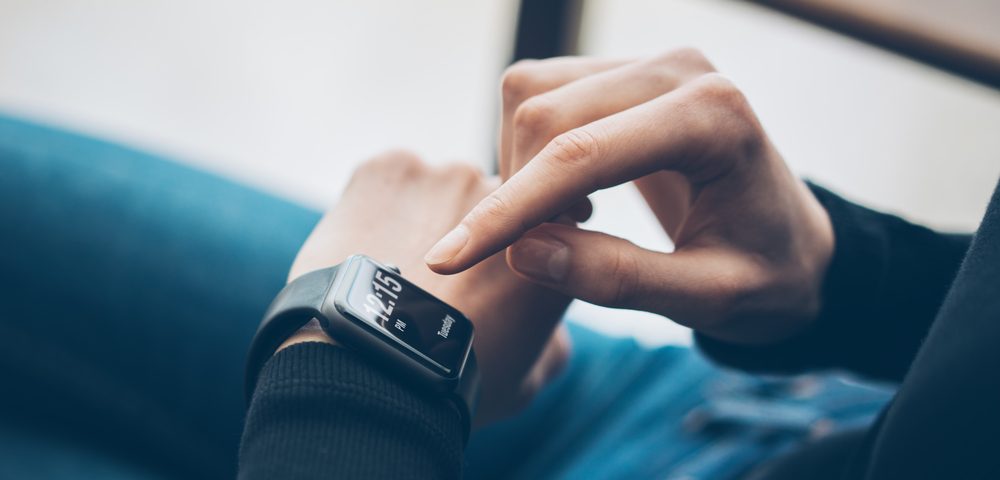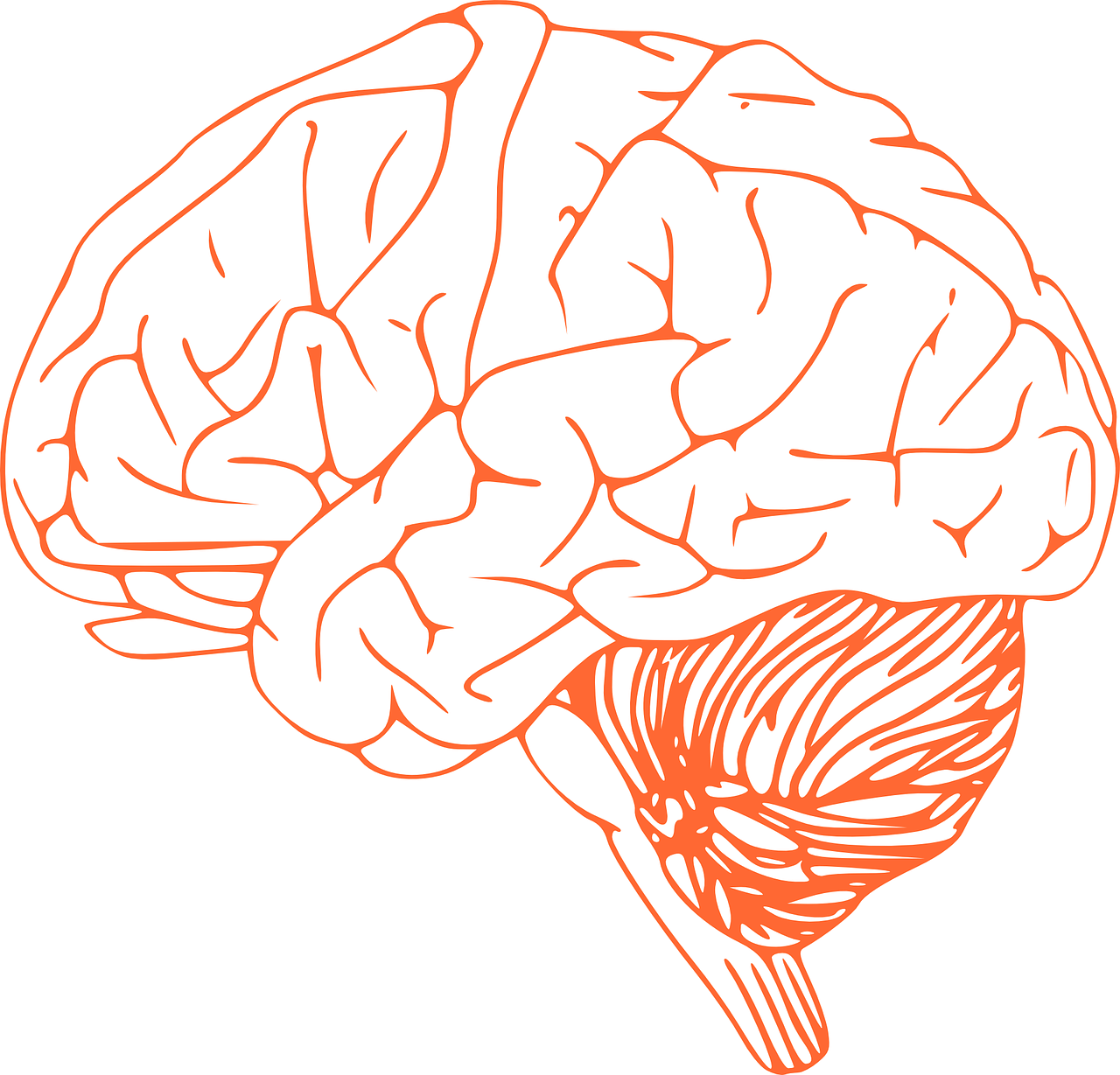I never thought I’d want a wearable internet device until I got an Apple Watch for my birthday. One of its neat apps tracks the laps that I swim, the steps that I (try to) take, and my pulse rate. The watch can even link up with some high-tech exercise equipment to monitor my gym progress.

A brand new version of the Apple Watch (the Series 4) came out just after I got mine and it has a new feature; one which many of us with MS might find particularly useful. It’s an “I’ve fallen and I can’t get up” alert. The watch contains an accelerometer and a gyroscope. By analyzing your falling speed and the angle at which you tumble, the watch can determine whether you’ve taken a hard fall or whether you’ve just stumbled. If it senses that you’ve fallen, it displays an alert saying, “It looks like you’ve taken a hard fall.” Then you have a choice: If you’re OK, you can cancel the alert. If you’re not OK, you can tap the face of the watch, initiating a call to an emergency number and family. If your tumble was really bad and you’re unable to trigger the emergency signal yourself, the watch will do it automatically if you haven’t moved for 60 seconds.
The Apple Watch 4 can also display an electrocardiogram (EKG) tracing of your heart. Just hold your finger on the crown of the watch for 30 seconds while the back of the watch contacts your wrist. The EKG recording is stored on your phone and then played back so your doctor can read it on your next visit. The EKG, however, is only a single “lead.” An EKG in a doctor’s office is usually 10 or 12 leads. An Apple Watch EKG is not something on which I’d place much diagnostic faith, but it’s probably an indication of things to come.
The wearable trend
Some clinical trials are using wearable devices. Rather than having to depend on a trial participant’s memory, the wearable can record information about that participant’s actions. For example, it can monitor vital signs in real-time or track when a medication is taken. At John Hopkins University in Maryland, for example, they’re studying an Apple Watch app called EpiWatch. It’s designed to track epileptic seizures, their triggers, and the use of medications.

A company called BioSensics for clinical use. One is designed to monitor the motor symptoms of Huntington’s disease patients. BioSensics has also created wearables that test balance, gait, and the risk of a fall. A company spokesman tells me that BioSensics has nothing in the pipeline that’s designed specifically for multiple sclerosis. However, it seems to me that MS diagnosis and treatment would seem to be a natural for their kind of devices.
Merging digital data and healthcare
Rock Health, which describes itself as a digital health venture fund, is betting on that merger of digital technology and healthcare. A survey it took last year of about 4,000 U.S. adults shows that 87 percent of them were using a digital health tool, (e.g., wearables, phone apps, or computers) in connection with some sort of health goal, ranging from just being more active to tracking medications and vital signs. Of the respondents, 24 percent were using a wearable.

(Courtesy of Rock Health)
Rock Health’s website says the firm believes “the purpose of healthcare innovation is to deliver value to patients.” One way to do this is to empower patients to “manage their health through increasingly self-directed, digital offerings.”
Selling that idea to people isn’t a slam dunk. Rock Health says challenges include people who stop using a wearable because it wasn’t effective, or they didn’t like its look or feel. There can also be problems with data accuracy.
Data privacy
The study also notes a significant privacy concern. “Though most respondents are willing to share health data with their physician [86%], there is a significant drop-off in willingness to share with other stakeholders. 58% are willing to share with health insurance companies and 52% with pharmacies.” That willingness rapidly declines when people are asked about sharing with researchers, pharmaceutical companies, or the government.
As we learn of more data breaches every year, I think it’s going to take a lot of work to maintain a high level of public confidence in the concept of sharing health information that’s collected on a wearable. But I’ll continue to use my Apple Watch, at least to track my laps in the pool, my reps in the gym, and my walking. Let’s hope that I won’t need the watch that has the falling alert.
(A version of this post first appeared as my column on the Multiple Sclerosis News Today website).



